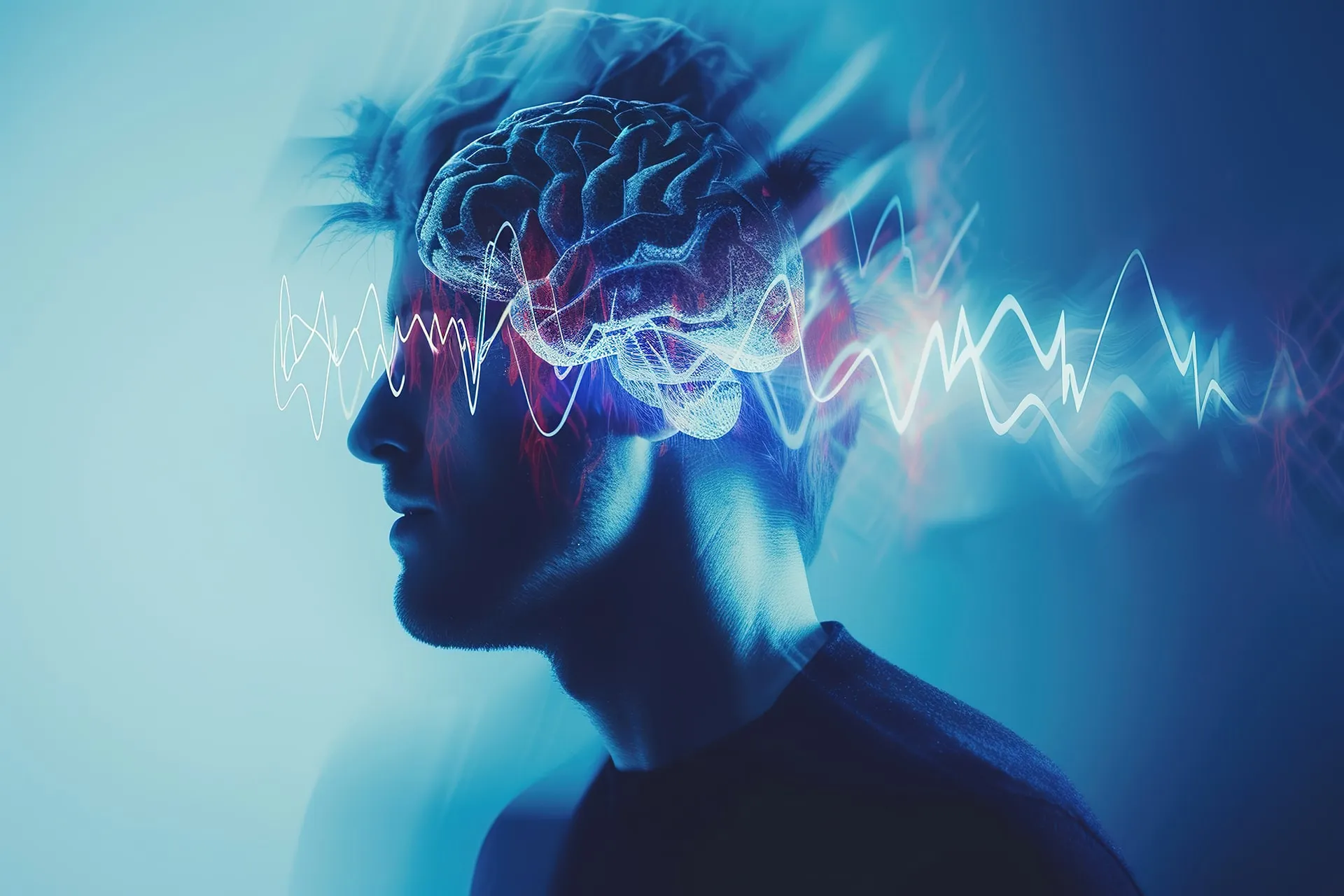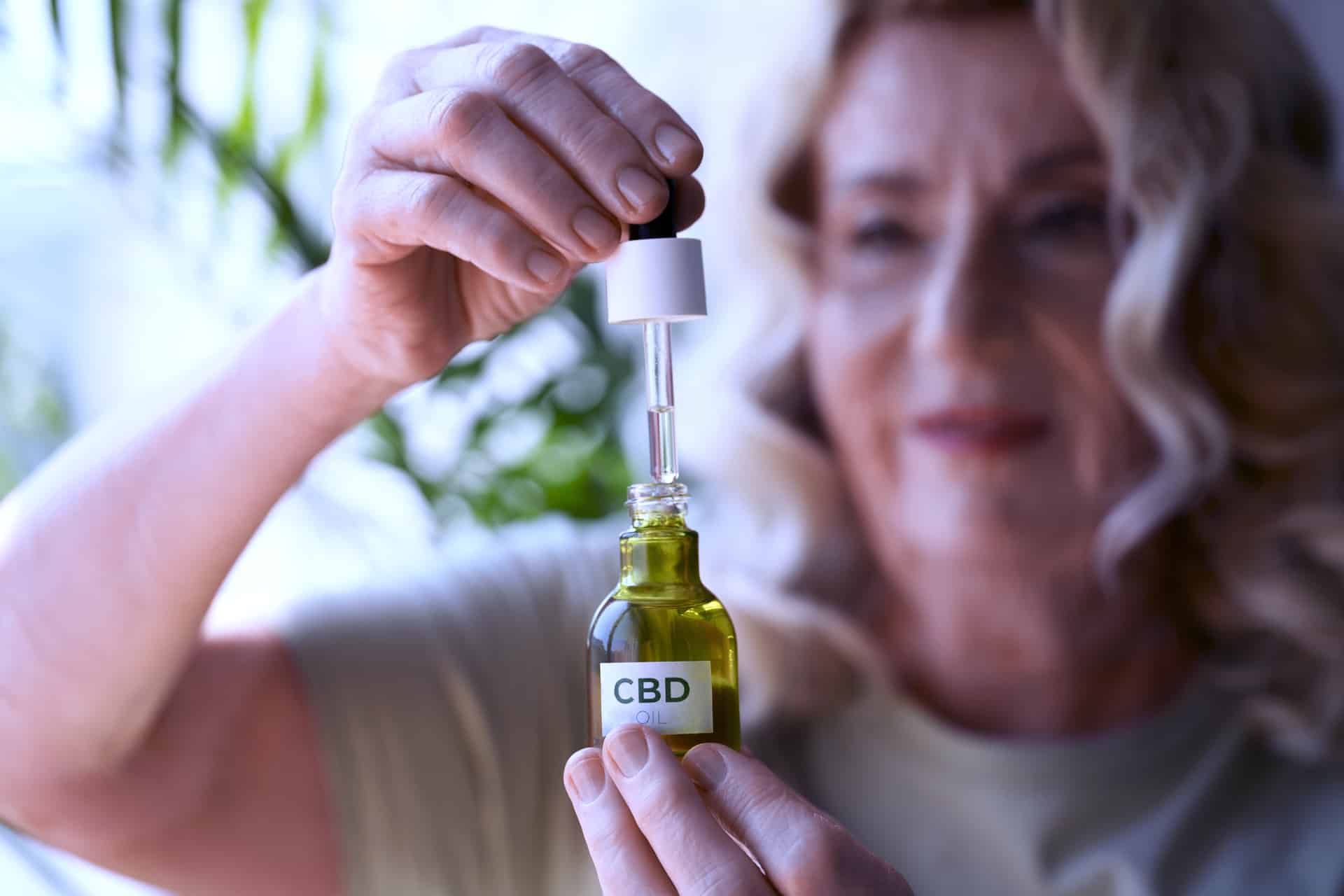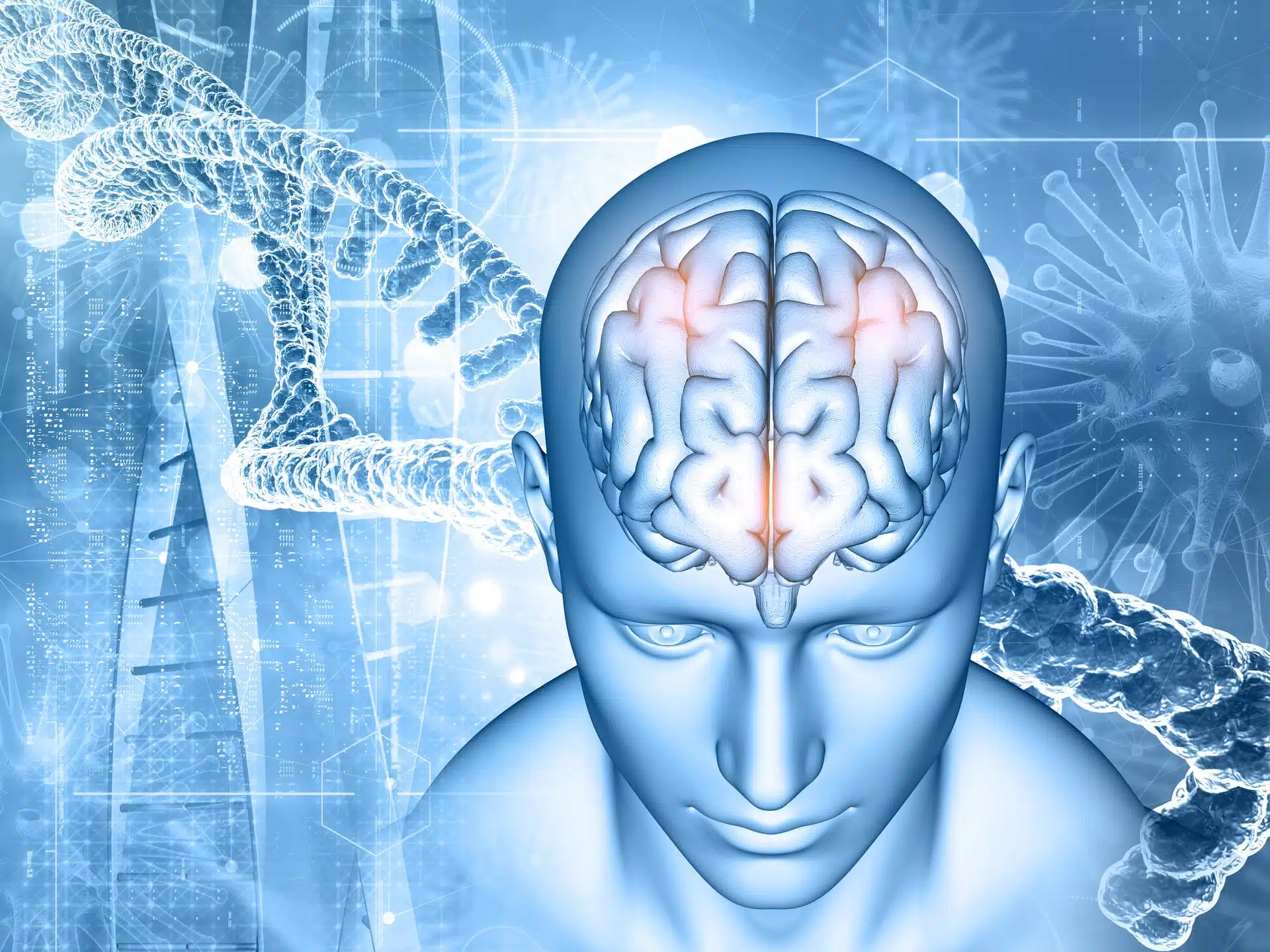Share
Rheumatoid Arthritis (RA) and Medical Cannabis

Even after decades of medical research, the specific causes of rheumatoid arthritis (RA) remain elusive. This chronic systemic autoimmune disease’s global burden has increased over the last decades, affecting approximately 18 million people worldwide, according to data from the World Health Organization (WHO).
Rheumatoid arthritis (RA) primarily impacts the synovial tissues. This tissue lines the cavities of synovial joints, bursae, and tendon sheaths, particularly the flexor tendons found in the hands and feet. It is composed of a specialized form of connective tissue that includes cells, fibers, and extracellular matrix. The synovial membrane, a part of this tissue, produces synovial fluid, which lubricates and nourishes the cartilage within joints. RA is characterized by systemic inflammatory polyarthritis, meaning several joints are affected simultaneously. If left untreated, RA can result in joint destruction, deformities, and even death.
This condition falls under the umbrella of autoimmune diseases, meaning it is caused by the immune system mistakenly attacking healthy cells. In the case of RA, this involves infiltration of the synovial membrane in multiple joints by various immune cells, including T cells (key players in adaptive immunity), B cells (responsible for antibody production), and monocytes, which are precursors to macrophages and have a crucial role in the inflammation process as well as in tissue repair. The onset and progression of rheumatoid arthritis follow a specific pattern:
- Endothelial cell activation: This is the initial step in the development of RA.
- Neovascularization: New blood vessels grow into the affected joints.
- Synovial membrane expansion: Fibroblast-like and macrophage-like cells proliferate, leading to a thickened synovial lining.
- Pannus formation: The expanded synovial membrane, now called “pannus,” invades the periarticular bone.
- Joint damage: Pannus leads to bony erosions and cartilage degradation, causing joint swelling and pain.
- Cytokine and chemokine production: Inflammatory molecules like TNF, IL-6, and GM-CSF are released.
- Inflammation: Cytokines and chemokines activate endothelial cells and attract immune cells to the joint.
- Osteoclast generation: Activated fibroblasts, B cells, T cells, monocytes, and macrophages produce RANKL, which stimulates osteoclast formation.
- Cartilage degradation: Metalloproteinases and other enzymes break down the cartilage matrix.
As previously mentioned, the mechanism leading to the clinical disease remains unknown; however, it is known that both genetic and environmental factors are involved. Several factors have been identified, including:
Genetic Factors
- HLA-DRB1 alleles: The most significant genetic risk factor is the human leukocyte antigen (HLA)-DRB1 allele, particularly those with the “shared epitope” amino acid sequence. Individuals carrying these alleles have a substantially increased risk of developing RA.
- Other gene loci: Additional genetic loci have been implicated in RA, suggesting a polygenic inheritance pattern. Gene-gene and gene-environment interactions may also play a role.
Environmental Factors
- Smoking: Smoking is a well-established risk factor, particularly in individuals with the shared epitope. It increases both the risk of developing RA and the severity of the disease.
- Periodontitis: Oral infections, such as periodontitis, have been linked to an increased risk of RA.
- Microbiome: The composition of the gut, mouth, and lung microbiomes may influence RA susceptibility. Certain bacterial species, like Prevotella and Porphyromonas gingivalis, have been implicated in the disease.
- Viral infections: Epstein-Barr virus infection has been suggested as a potential risk factor for RA, based on its association with genetic loci linked to the disease.
Autoantibodies
- Rheumatoid factor (RF): The presence of RF in the blood is a common feature of RA, although it is not specific to the disease.
- Anticitrullinated protein antibodies (ACPAs): ACPAs are highly specific for RA and are often detected years before the onset of clinical symptoms.
Other Factors
- Gender: Women are more likely to develop RA than men.
- Age: The highest incidence of RA occurs in individuals aged 60 years and older.
- History of live births: Nulliparity (having no children) is associated with a higher risk of RA.
- Early life exposures: Maternal smoking during pregnancy can increase the risk of RA in offspring.
- Obesity: Higher body weight is associated with an increased risk of RA.
While these factors contribute to the risk of RA, it is important to note that not everyone with these risk factors will develop the disease.
Recent research also shows that rheumatic diseases such as rheumatoid arthritis (RA), osteoarthritis, and lupus erythematosus (SLE) are associated with a considerable cardiovascular (CV) risk, including ischemic heart disease, heart failure, cerebrovascular disease, and peripheral arterial disease, due to many shared molecular and metabolic mechanisms. To add even more difficulties, the complex interplay of genetic and epigenetic factors in RA, coupled with its progressive nature, often renders clinical treatments challenging. This is exacerbated by the adverse side effects of many current treatments and the underwhelming response rates in 20-40% of RA patients. As such, the pursuit of novel and alternative therapeutic alternatives is imperative.
.Cannabinoids, the active compounds found in cannabis, exert their effects through interactions with specific receptors in the body. The two primary cannabinoid receptors are CB1 and CB2.
CB1 Receptor:
- Primarily located in the central nervous system, particularly in areas like the neocortex, hippocampus, basal ganglia, cerebellum, and brainstem.
- Binds to Δ9-THC, the main psychoactive compound in marijuana.
- Mediates most of the central nervous system effects of THC.
CB2 Receptor:
- Highly expressed in the immune system.
- Involved in regulating immune function.
- Also found in the brain, primarily in microglia (immune cells of the central nervous system).
Cannabinoids and Immune System Regulation:
- The presence of both CB1 and CB2 receptors on immune cells suggests their role in immune system regulation.
- Studies show that cannabinoids can have anti-inflammatory effects.
- Cannabinoids may downregulate cytokine and chemokine production and upregulate T-regulatory cells to suppress inflammation.
Several animal models have been used to study the possible anti-rheumatic efficacy of cannabinoids. The results were promising, showing reduced inflammation as cannabinoids decreased polymorphonuclear leukocytes in acute inflammation, prevented chronic polyarthritis, and protected joints from damage by reducing synovial cell inflammation and cartilage destruction. They also reduced pain by decreasing nociception (detection of harmful stimulus) in adjuvant-induced arthritis and suppressed pro-inflammatory cytokines such as TNFα secretion. However, further research is needed to confirm their efficacy in humans.
Research in humans has also been conducted, both on disease progression in synovial fluid and the effects of cannabis on rheumatoid pain. The findings are summarized in the following tables.
Summary of research disease progression in synovial fluid
| Study | Authors | Subjects | CannabinoidStudied | Findings |
|---|---|---|---|---|
| Study on the Endocannabinoid System | Richardson et al. | Patients with osteoarthritis (OA) and rheumatoid arthritis (RA) | 2-arachidonyl glycerol, CB1, CB2 | Found endocannabinoids and cannabinoid receptors in synovial fluid, suggesting their involvement in rheumatoid diseases. |
| Ex Vivo Experiments on Matrix Metalloproteinases (MMPs) | Johnson et al. | Synovial fibroblasts from OA, RA, and psoriatic arthritis patients | Ajulemic acid, CP55,940, WIN55,212-2 | Cannabinoids reduced MMPs and pro-inflammatory cytokines, suggesting anti-inflammatory effects. |
| CBD Effects on Synovial Fibroblasts | Follow-up study (authors not specified) | Synovial fibroblasts from RA patients | CBD | CBD reduced pro-inflammatory cytokines and MMPs, suggesting anti-inflammatory effects. |
| Canine Model of Osteoarthritis (OA) | Another group | Spontaneous canine model of OA | Naked CBD, liposomal-encapsulated CBD | CBD reduced pro-inflammatory cytokines, increased anti-inflammatory cytokines, and alleviated pain. |
| Mouse Model of Lung Inflammation | Authors of the summary text | Mouse models of systemic or local lung inflammation | High-CBD extracts, High-THC extracts | High-CBD extract reduced pro-inflammatory cytokines and inflammatory cell migration. |
| CBD Effects on Th17 Cells | Kotschenreuther et al. | Patients with rheumatoid arthritis, psoriatic arthritis, systemic lupus erythematosus | CBD oil, Anandamide | CBD and anandamide increased differentiation of pro-inflammatory Th17 T-helper cells, suggesting caution in using cannabinoids in RA patients. |
Summary of research effects of medicinal cannabis on rheumatoid pain
| Study Title/Authors | Subjects | Intervention | Route of Administration | Key Findings |
|---|---|---|---|---|
| Cannabis-Based Medicinal Extracts (Notcutt et al.) | Chronic pain patients (n=34) | THC, CBD, or mixed extracts | Sublingual spray | THC-based extracts most effective for pain control with minimal side effects. |
| Sativex® (unspecified authors) | Rheumatoid arthritis patients (n=58) | Nabiximols (THC + CBD) | Oromucosal spray (evening) | Significant improvements in movement, resting pain, and sleep quality (no improvement in morning stiffness); no withdrawal or severe side effects. |
| Cannabis for Neuropathic Pain (unspecified authors) | Neuropathic pain patients (n=35) | THC-based cannabis (medium/low dose) | Vaporizer | Analgesic response comparable to conventional pain relievers; mild, transient psychoactive effects. |
| Inhaled Pharmaceutical-Grade Cannabis (unspecified authors) | Fibromyalgia patients (n=20) | Varied cannabis strains (THC/CBD content) | Inhalation | High THC content significantly reduced pressure pain threshold; effect diminished by CBD (suggests antagonistic interaction). |
| Review of Clinical Trials on Pain Reduction by Cannabis (recent review) | Various conditions (incl. MS & RA) | Cannabis-based medicines | Not specified | Most effective as adjuvant therapy for refractory multiple sclerosis and chronic rheumatoid pain. |
| Review on Cannabis-Based Medicines for Arthritis (New Zealand Group) | Not specified (review) | Cannabis-based medicinal products | Not specified | Animal studies suggest pain reduction; human Sativex® study showed no advantage over conventional treatment; no clear evidence for doctor prescription. |
Abbreviations: MS: Multiple Sclerosis; RA: Rheumatoid Arthritis; THC: Tetrahydrocannabinol; CBD: Cannabidiol; n: Number of participants
Preclinical studies show promising results regarding the anti-arthritic properties of both psychoactive and non-psychoactive cannabinoids; however, some studies also pointed to the existence of adverse side effects. Even though these side effects were mild and easily reversible, some patients consuming natural cannabis still discontinued its use. The adverse effects mainly affected psychomotor skills, resulting in increased reaction time, disturbed selective attention, short-term memory, and motor control. Additionally, cannabis impacted cognition, leading to decreased learning abilities and retention of new information. Lastly, cardiovascular events associated with acute herbal cannabis use included tachycardia, hypotension, and an increased risk of myocardial infarction for people with angina pectoris.
Cannabis-based medicines’ effects were primarily observed in preclinical in vitro and ex vivo studies. The variability in cannabinoid receptors is suggested as a possible explanation for the discrepancy between preclinical animal studies and human results. In addition, different cannabis strains can lead to different outcomes. Future research should focus on determining the exact anti-inflammatory properties of specific cannabis components for each strain to accurately define the anti-arthritic properties of the administered strains.
Clinical Trials
| Study Title | Study URL | Conditions | Study Type |
|---|---|---|---|
| Survey of Cannabis Use in Patients With Chronic Inflammatory Arthritis | https://pubmed.ncbi.nlm.nih.gov/33159797/ | Rheumatoid Arthritis | OBSERVATIONAL |
| Impact of Cannabis on Pain and Inflammation Among Patients With Rheumatoid or Psoriatic Arthritis | https://pubmed.ncbi.nlm.nih.gov/34510141/ | Rheumatoid Arthritis | Psoriatic Arthritis |
| Therapeutic Response of Cannabidiol in Rheumatoid Arthritis | https://clinicaltrials.gov/ct2/show/NCT04831294 | Rheumatoid Arthritis | Cannabis |
| Fibres Supplementation in Rheumatoid Arthritis | https://www.clinicaltrials.gov/ct2/show/nct01710358 | Rheumatoid Arthritis | INTERVENTIONAL |
References
Aletaha, D., & Smolen, J. S. (2018). Diagnosis and management of rheumatoid arthritis. JAMA, 320(13), 1360. https://doi.org/10.1001/jama.2018.13103
Cai, Y., Zhang, J., Liang, J., Xiao, M., Zhang, G., Jing, Z., Lv, L., Nan, K., & Dang, X. (2023). The Burden of Rheumatoid Arthritis: Findings from the 2019 Global Burden of Diseases Study and Forecasts for 2030 by Bayesian Age-Period-Cohort Analysis. Journal of Clinical Medicine, 12(4), 1291. https://doi.org/10.3390/jcm12041291
Ebel, A. V., & O’Dell, J. R. (2021). Clinical features, diagnosis, and treatment of rheumatoid arthritis. Physician Assistant Clinics, 6(1), 41–60. https://doi.org/10.1016/j.cpha.2020.08.004
World Health Organization: WHO & World Health Organization: WHO. (2023, June 28). Rheumatoid arthritis. https://www.who.int/news-room/fact-sheets/detail/Rheumatoid-arthritis
Lowin, T., Tingting, R., Zurmahr, J., Classen, T., Schneider, M., & Pongratz, G. (2020). Cannabidiol (CBD): a killer for inflammatory rheumatoid arthritis synovial fibroblasts. Cell Death and Disease, 11(8). https://doi.org/10.1038/s41419-020-02892-1
Paland, N., Hamza, H., Pechkovsky, A., Aswad, M., Shagidov, D., & Louria-Hayon, I. (2023). Cannabis and Rheumatoid Arthritis: A scoping review evaluating the benefits, risks, and future research directions. Rambam Maimonides Medical Journal, 14(4), e0022. https://doi.org/10.5041/rmmj.10509
Gonen, T., & Amital, H. (2020). Cannabis and cannabinoids in the treatment of rheumatic diseases. Rambam Maimonides Medical Journal, 11(1), e0007. https://doi.org/10.5041/rmmj.10389
George, G., Shyni, G. L., & Raghu, K. G. (2020). Current and novel therapeutic targets in the treatment of rheumatoid arthritis. Inflammopharmacology, 28(6), 1457–1476. https://doi.org/10.1007/s10787-020-00757-9
Romano, S., Salustri, E., Ruscitti, P., Carubbi, F., Penco, M., & Giacomelli, R. (2018). Cardiovascular and metabolic comorbidities in rheumatoid arthritis. Current Rheumatology Reports, 20(12). https://doi.org/10.1007/s11926-018-0790-9
Disclaimer
This generalized information is a limited summary of medication information. It does not include all details about conditions, treatments, medications, side effects, or risks that may apply to a specific patient. This information does not endorse any treatments or medications as safe, effective, or approved for treating any particular patient. All content in this text is created for informational purposes only. It is not intended to be a substitute for professional medical advice and should not be relied upon as health or personal guidance.























